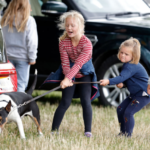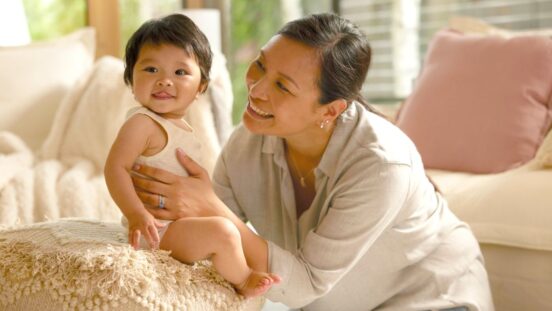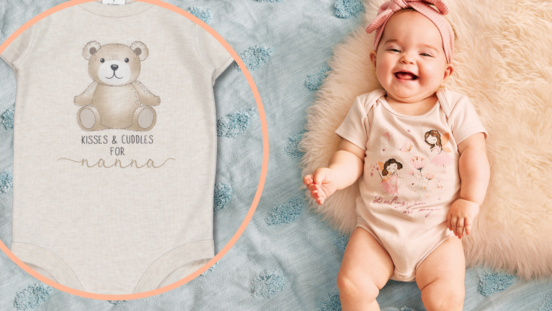When should a baby go in a forward facing car seat?
Wondering when to move your child from a rear-facing to forward-facing seat? Here’s what you need to know…
From the time you drive your precious bundle home from hospital up until the time they're ready to use an adult seatbelt, it will be your job to ensure they are in the correct car seat.
By law, all children must be safely fastened in the correct child car seat for their age and weight. It's recommended you only move them up when they no longer comfortably fit their current child car seat.
Safety experts and child car seat manufacturer, Britax recommend keeping your children in a rearward facing restraint for as long as possible – "rear for a year at least!" – depending on when they have exceeded the upper height markers on their current child car seat.
Neuroscience Research Australia and Kidsafe recently released the National Guidelines for the Safe Restraint of Children Travelling in Motor Vehicles report, which outlined why rear-facing options are safer for children up to the age of four.
"Rear-facing restraints are highly effective in preventing injuries if used correctly because they fully support the child's head and neck in the event of a crash," the report says.
"This is important as infants have relatively large heads and weak necks which put them at particularly high risk of serious injuries if the head and neck are not supported."
"Rearward facing restraints support the child's head and neck in severe frontal crashes better than forward-facing restraints."
WATCH: This adorable toddler wants his mum's attention:
Story continues after video …
Here's the minimum legal car seat requirements in Australia by age group:
• Babies under six months must use a rearward-facing child restraint with an inbuilt harness.
• Children aged between six months and four years must use a rearward-facing or forward-facing child restraint with an inbuilt harness.
• Children aged between four and seven years must use a forward-facing approved child restraint with an inbuilt harness, or an approved booster seat with a fastened and adjusted seatbelt or a child safety harness.
• Children aged seven years and older can use a child restraint or adult seatbelt depending on their size.
If your child is too small for the child restraint specified for their age, they should be kept in their current child restraint until it is safe for them to move to the next level.
Likewise, if your child is too large for the restraint specified for their age, they may move to the next level of child restraint.
All child car restraints sold and used in Australia are required to meet the Australian Standards (AS/NZS 1754) Child Restraint Systems for Use in Motor Vehicles, which covers materials, design, construction, performance, testing and labelling.

Safety experts recommend keeping your children in a rearward facing restraint for as long as possible. *Image: Getty Images.
As important as the type of car seat, ensuring that it's correctly fitted and adjusted is equally as critical to safety. According to Britax, car crashes are one of the leading causes of child death in Australia, yet around 70 per cent of our smallest travellers ride in child restraints that are not fitted or used correctly.
As a general rule, buying or using hand-me-down second-hand car or booster seats is not recommended because older models may no longer comply with current safety standards.
However, if you are leaning towards a second-hand model, ensure it's never been in a car crash, isn't more than six years old, doesn't display any cracking or fraying and can be safely installed in your car.
Unless you know its complete history, it might be worth giving it a miss.




